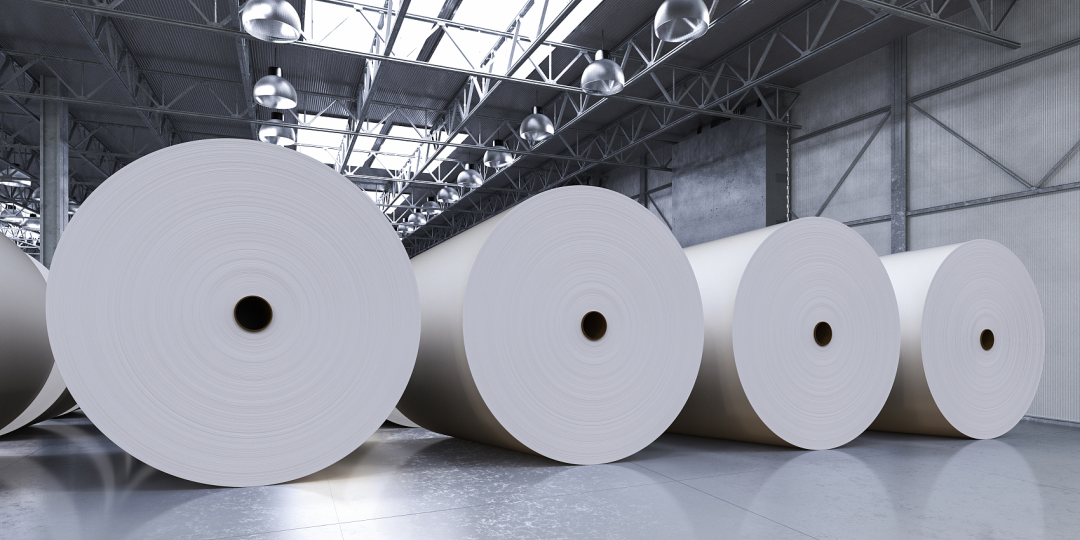What are the characteristics of papermaking defoaming agents?
The papermaking process is mainly divided into two major steps, one is pulp washing and the other is papermaking. No matter which step it is, foam is inevitable, so it needs to be treated with defoaming agents. There are many classifications of defoaming agents.
During the pulping process, because the slurry contains natural substances such as fatty acids and resin acids, fatty acid soaps, fatty acid soaps and other foaming substances will be generated after cooking liquid and chemical washing. A large amount of foam will cause certain problems in subsequent cleaning, transportation and bleaching. The trouble caused by the deterioration of pulp quality requires the use of defoaming agents. The defoaming agents used in the pulping process mainly include hydrocarbon defoaming agents and silicone emulsion defoaming agents. This type of defoaming agent can quickly eliminate the foam produced by lignin and some surfactants, and the effect is particularly obvious during pulping and washing.
For the papermaking process, if the foam generated during the papermaking process is not solved, it will lead to paper breaks, white water level fluctuations, pump frequency fluctuations, etc., directly affecting the stability and quality of paper production. The papermaking defoaming agent can effectively suppress the foaming of white water, and at the same time, it can eliminate the fine bubbles entrained between fibers and the foam on the surface of the slurry. The defoaming agent can also dissolve the air in the pulp and eliminate large bubbles on the water surface. This can avoid the formation of holes, reduce paper breaks and overflow of the pulp storage tank, thereby ensuring the loss of pulp fibers and chemicals, making The uniformity and quality of the paper are improved.







